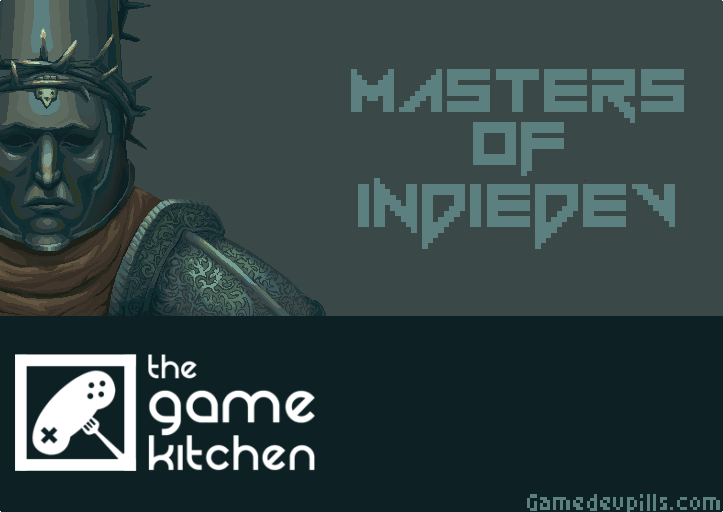Holy Imagery, Indie Glory: The Game Kitchen’s Miracle - Masters of Indiedev
How a small Sevillian studio transformed Spain’s sacred traditions into one of indie gaming’s most acclaimed sagas.
Hello my fellow players and gamedevs!
This time I can’t leave aside my inner national excitement, because I want to introduce you to the succesfull development path of The Game Kitchen an Indie dev studio founded in Seville (Andalucia, Spain) — This studio doesn’t only trigger my Spanish feelings, but it is a complete reference and source of inspiration …




